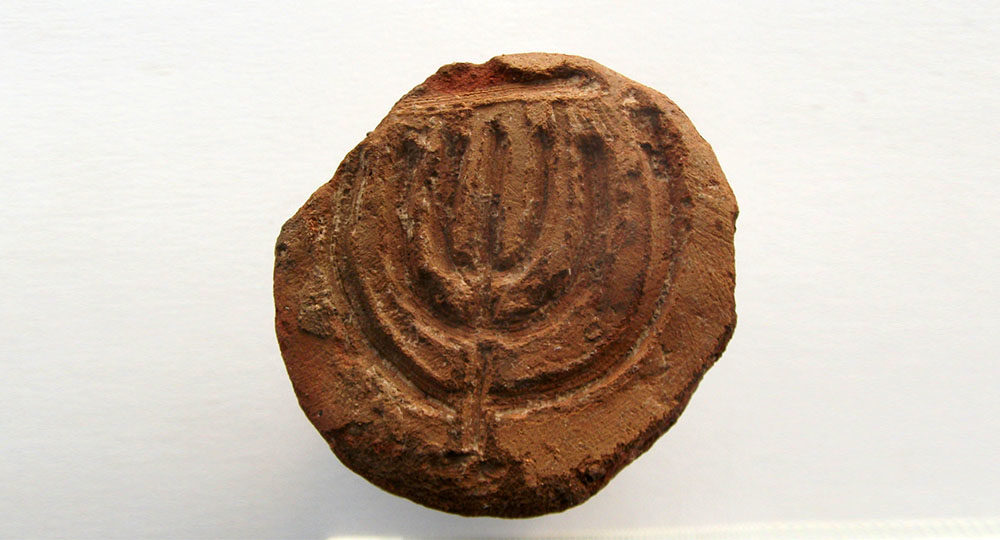


It’s bad enough America’s courts are turning their backs on the nation’s his- toric values. But now something else has arisen that is just as bad—or worse.
Few people know more than Jimmy about what’s happening in Israel today to prepare for the third Temple. Excitement is in the air, as you’ll see here.
Ever been to an outdoor market or a museum in Jerusalem? Journalist Elliot Jager takes you on a stroll through the city to see what everyday life is like for people who live there.
If you find Bible prophecy a bit confusing, this article is perfect for you! It’s clear, concise, and shows unmistakably how end-times events are right around the corner.
Most people know the face of the Middle East is changing. How did the change begin? Where is it heading? The answers are here.